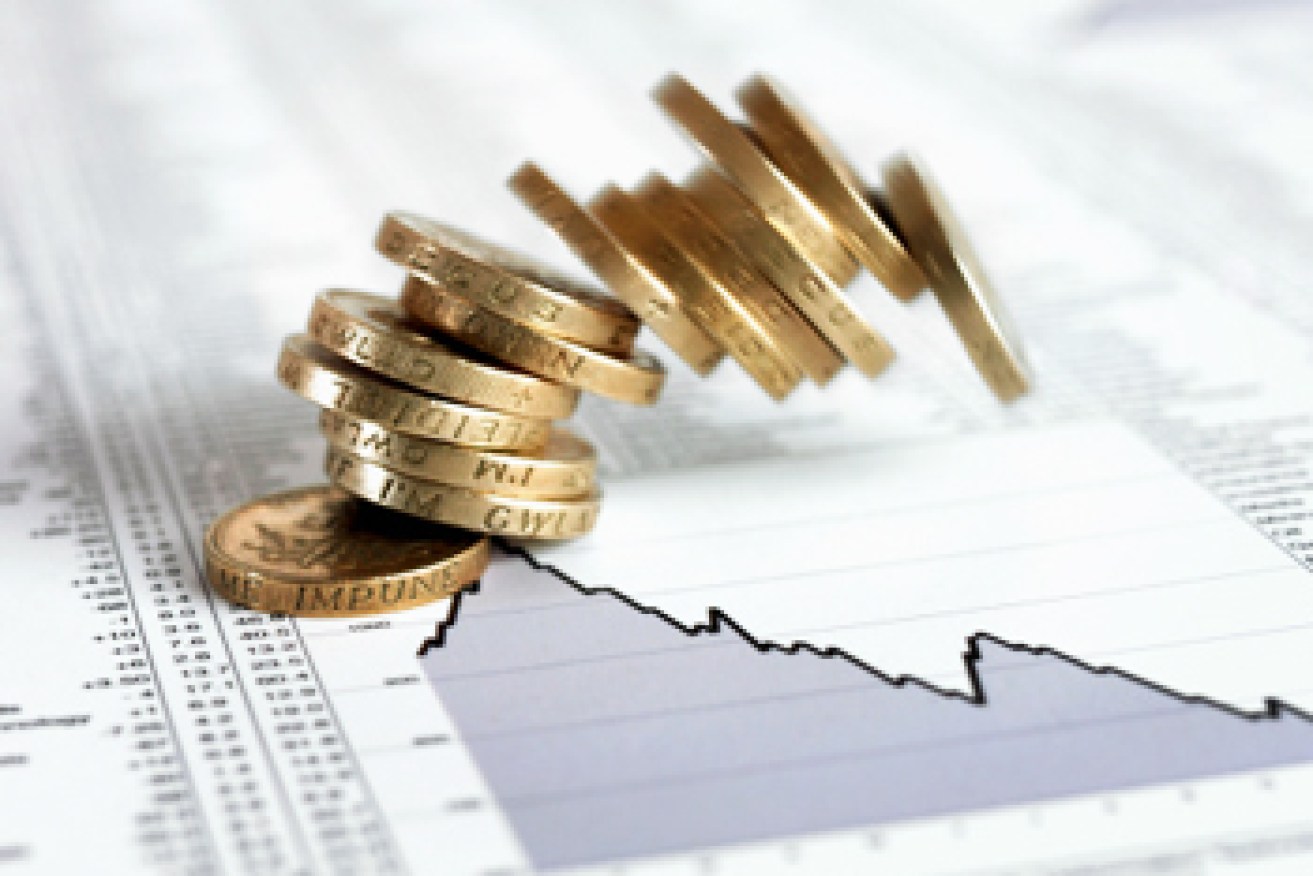Home owners set for more mortgage pain as US raises interest rates


Australia's economy is more precariously balanced than ever, writes Rob Burgess. Photo: Getty
On Wednesday, the cost of what banks call ‘wholesale funding’ will be pushed up again, with the US Federal Reserve unanimously tipped to lift interest rates for just the third time in a decade.
With markets pricing in two more rises, in July and December, that means by year’s end our banks will be paying around 0.75 percentage points more for each dollar they borrow short-term from abroad – the bond markets that determine global rates follow the Fed, but don’t track it precisely.
That increase in borrowing costs might not sound like a lot, but it will bring considerable pressure to bear on the Australian economy.
That’s because our economy is more precariously balanced than ever.
On the one hand we have the second-highest household debt in the world and overheated house prices.
And on the other we have a pessimistic business community, sluggish investment, stubborn underemployment and record-low wages growth.
Rate rises will affect both sides of that coin.
Wholesale woes
When Australian banks raise money abroad, they are competing in bond markets than only take account of risk and return.
If US central bankers thinks there’s a risk of inflation breaking out, they will push up rates and bond markets will follow.
There is nothing Aussie banks can do to control that cost, and one in three dollars on the ‘liability’ side of their ledgers is sourced from those markets.
The Australian mortgage market is unusually reliant on wholesale funding, so small shifts in the cost of money have amplified effects in our real economy.

The US Federal Reserve looks set to increase rates. Photo: Getty
Banks facing a funding squeeze find it harder to write new loans, because at successively higher rates, new borrowers can borrow less. At 4 per cent interest, for example, you can borrow roughly 1.5 times what you could borrow at 8 per cent.
That’s a problem for banks, because in recent years they have relied heavily on rapid expansion of their mortgage books to keep profits high.
As credit growth slows they will be under pressure from shareholders to find profits another way – basically by hiking rates as much as they can, while politicians impotently scold them for doing so.
A brake on the real economy
Most mortgage-holder households can take small rate rises in their stride. For example, a rise from 4.5 per cent to 5.0 per cent would cost $143 per month more for a family with a $500,000 mortgage.

Australia has the second-highest household debt in the world. Photo: Getty
But think where that $143 used to go. It was extra coffees on a Sunday morning, a new pair of shoes, or saved up for a few days away by the beach.
So the businesses that provide all those things will feel the US rate rise harder than many households, particularly when their own cost of credit is rising. Small rate rises can create big waves through a highly leveraged economy.
The business community is already aware of this. Roy Morgan’s business confidence survey last week reported that for “the first time since this survey began less than half the respondents expected ‘good times’ for the Australian economy over the long-term”.
That’s worrying, because it reflects pessimism over the structure of the Australian economy – not just over the current stage of the business cycle.
Stuck in the middle
Pain from the rising cost of wholesale funding will not be felt equally in Australia.
Renters with only small personal debts will not feel much change – in fact, record numbers of new rental dwellings coming onto the market nationally might take a little pressure off their budgets.

Pain from the rising cost of wholesale funding won’t be felt equally. Photo: Getty
Older Australians who have paid off their homes could benefit from the US rate rises. As wholesale funding costs rise, the banks pay more to raise local deposits, so those with substantial cash savings will collect higher interest payments.
But in between the one-third of households who rent, and the one-third who’ve paid off their homes, is the beleaguered mortgage belt. It is there that each hammer blow from the gods of global finance will be felt.
Australia’s political leaders have been in denial for many years now about the absolute size of Australia’s private debt mountain. Their argument has been that with interest rates this low, who cares if your debt’s double what previous generations carried?
Middle Australia accepted those paper-thin arguments during the extraordinary period of cheap credit that followed the GFC.
But that period is now rapidly coming to an end – along with, one can only hope, the careers of the leaders who told middle Australia that epic lie.








